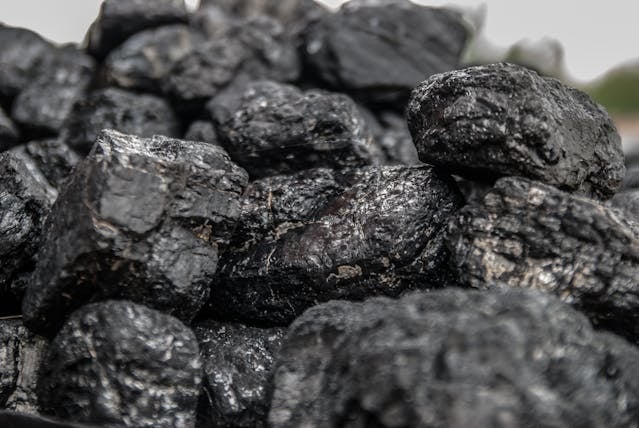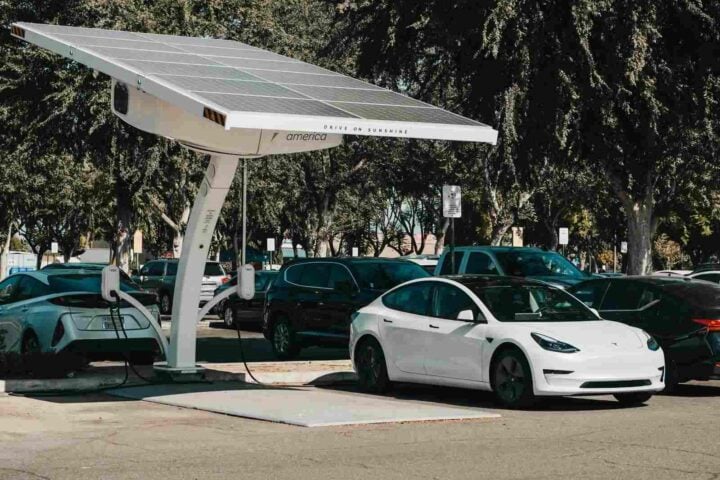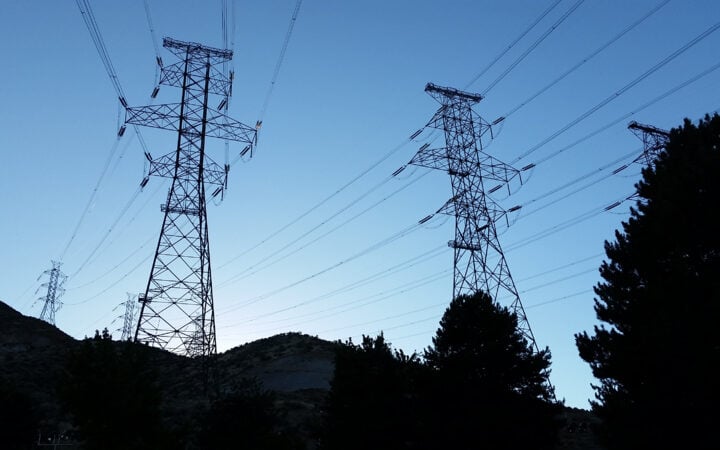The White House took dramatic action Tuesday to resuscitate America’s declining coal sector, but market fundamentals and economic headwinds suggest the industry’s challenges run deeper than regulatory barriers.
President Donald Trump signed four executive orders Tuesday aimed at revitalizing the U.S. coal industry, declaring an end to what he termed “Biden’s war on beautiful clean coal.” The directives instruct federal agencies to expedite coal leasing on public lands, streamline permitting processes, identify and challenge state-level climate laws, and explore coal-powered electricity for AI data centers.
“We’re bringing back an industry that was abandoned,” Trump told an audience that included coal miners in hard hats at the White House signing ceremony. “The value of untapped coal in our country is 100 times greater than the value of all the gold in Fort Knox, and we’re going to unleash it and make America rich and powerful again.”
Interior Secretary Doug Burgum described the orders as ending “unnecessary regulatory burdens” while Energy Secretary Chris Wright announced $200 billion in low-cost financing for coal infrastructure investments through the Energy Infrastructure Reinvestment Program.
Yet despite the administration’s forceful policy pivot, industry experts and market analysts point to fundamental economic forces that have driven coal’s steady decline—forces unlikely to reverse through regulatory changes alone.
Coal-fired power capacity has plummeted in the United States over the past decade. According to the Federal Energy Regulatory Commission, coal represented just 15% of U.S. generating capacity at the start of 2025, down from 26% in 2015. The U.S. Energy Information Administration reports that coal’s share of electricity generation dropped from over 40% in 2011 to approximately 16-17% in recent years.
“Coal plants are no longer economically viable, and these executive orders will do nothing to change the basic underlying market dynamics,” said Sanya Carley, presidential distinguished professor at the University of Pennsylvania’s Kleinman Center for Energy Policy.
The primary culprit for coal’s decline isn’t regulation but competition from cheaper alternatives. The shale gas revolution has kept natural gas prices consistently competitive, while renewable energy costs have plummeted.
“The major driver for the decline in coal use is the economic competition with cheaper and cleaner fuels, such as natural gas and renewables,” explained Ryna Cui, research director for the Center for Global Sustainability at the University of Maryland.
Infrastructure age presents another hurdle. Most U.S. coal plants are approaching or exceeding their designed 40-60 year operational lifespan. Maintaining these aging facilities requires substantial capital investment—funds most utilities are reluctant to commit given uncertain returns.
“The majority of the U.S. coal plants are at the end of their lifetime,” Cui noted, adding that building new coal facilities presents “high economic and financial risks and would need to be in operation for multiple decades, which the market has been avoiding.”
The executive orders include specific measures to extend the lifespan of existing plants. One directive gives coal-fired power plants an additional two years to meet the Environmental Protection Agency’s Mercury and Air Toxics Standards. Another instructs the Department of Energy to develop a process for issuing emergency orders to keep plants operating in areas with potential grid reliability concerns.
Trump specifically mentioned the 380-megawatt Cholla power plant in Arizona, which Arizona Public Service had planned to retire this month. “We’re going to keep those coal miners on the job,” Trump said. “Can you tell them to just remain calm, because we’re going to have that plant opening and burning the clean coal in a very short period of time.”
PJM Interconnection, which manages the electricity grid in 13 eastern states, has supported exemptions from EPA regulations for at least ten coal-fired power plants totaling 13,900 megawatts. In a letter, PJM stated it “anticipates needing these units to maintain reliable grid operations during peak system conditions.”
Similar Posts
The administration’s efforts to classify steelmaking coal as a critical material and mineral could provide some support for metallurgical coal producers. This strategic designation aims to ensure stable supply for domestic steel production, though it primarily affects a different segment of the coal market than thermal coal used for electricity.
Another element of the executive orders focuses on extracting critical minerals from coal ash, with the Department of Energy’s National Energy Technology Laboratory developing technologies to convert coal byproducts into materials needed for energy, defense, and manufacturing applications.
However, grid experts remain skeptical about the long-term impact of these measures on coal generation.
“I don’t think these orders change the facts that coal-fired power plants are old, expensive to run, and unlikely to operate very often or for many more years,” said Rob Gramlich, CEO of Grid Strategies. “Natural gas fracking killed coal power in the US and neither this nor any previous administration is banning fracking.”
Gramlich also observed that there’s no evidence any company is considering building a new coal-fired power plant or that supply chains could support such construction.
Financial analysts at Capstone expressed doubt that private companies would pursue DOE loan guarantees for new coal projects, noting that funds must be committed by September 2026, leaving little time to navigate the typical 18-month application process.
Coal stocks did respond positively to the announcement, with shares in Peabody and Core Natural Resources each jumping about 9%.
Environmental groups criticized the orders, with Kit Kennedy, managing director for Power at the Natural Resources Defense Council, stating: “Coal plants are old and dirty, uncompetitive and unreliable. The Trump administration is stuck in the past, trying to make utility customers pay more for yesterday’s energy.”
The contrast with global trends is stark. In 2024, the United Kingdom became the first major economy to completely eliminate coal power. While China and India continue significant coal use, both nations are simultaneously making massive renewable energy investments.
“Why would the U.S. want to invest in a 19th-century fuel source in the 21st century?” Cui asked. “It doesn’t make good sense on so many levels.”
Stanford University environmental scientist Rob Jackson summed up the skepticism shared by many energy experts: “A flurry of executive orders won’t save the coal industry.”
For coal-dependent communities and workers, the orders may provide temporary relief. The Department of the Interior announced the disbursement of more than $13 million in grants to support reclamation of abandoned mine lands in North Dakota, Tennessee, and Texas.
“Restoring these abandoned mine lands is an opportunity to invest in communities that helped power our nation,” Secretary Burgum said regarding the funding.
The underlying question remains whether regulatory changes alone can overcome the market forces, aging infrastructure, and cost disadvantages that have driven coal’s decline. As U.S. electricity demand rises, driven partly by AI data centers and electrification, the competition for that growth among energy sources continues to intensify—with economics, not policy, likely to determine the winners.


















